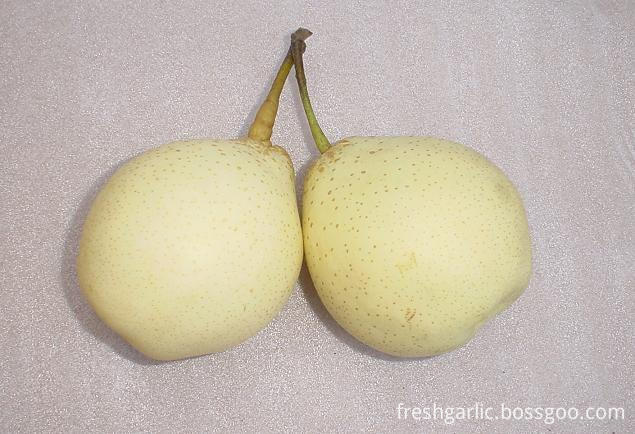Recovery of production technology measures after rape disaster
1, Qinggou row stains. For rapeseed fields that are susceptible to waterlogging, clean up the “three ditch†in time after sunny weather to reduce the humidity in the field and prevent the occurrence of waterlogging. 2. Remove frozen moss and clear frozen leaves. For early-season rape, which has been frozen, it is necessary to take a clean moss and promote the growth of the base branch, relying on branches to increase the yield. The frozen and frosted leaves should be promptly removed to improve the ventilation and light transmission in the field. 3, make up top dressing, spray boron fertilizer. For the rape, which is heavily frozen in the moss, it is necessary to apply fertilizer properly after the moss is applied, and topdressing 5-7 kg of urea per acre to promote branch growth. The frozen rape leaves must also be top-dressed, with 3-5 kg ​​of urea per acre, and the poorly growing plots can be increased in quantity to restore growth as soon as possible. While applying fertilizer at the root, spraying 0.1%-0.2% boron fertilizer solution 50kg or so per acre leaves to prevent flowering and increase rapeseed yield. 4, to prevent the main, re-defense the disease. After rape is frozen, it is more susceptible to disease than normal rape, so we must focus on strengthening the prevention of rape disease. In particular, for fields susceptible to Sclerotinia sclerotiorum, it is necessary to spray sclerotium, carbendazim, thiophanate-methyl, and mancozeb, etc. on the basis of the drainage of gullies. For spring locusts, we must promptly use eucalyptus, anti-inhalant spray and other spray control. Raising the temperature of the mushroom bed and creating cold conditions in the winter for the long mushroom can only rely on the natural temperature, combined with artificial regulation. The mushroom sheds uncovered the coverings on the sheds. The film on the mushroom bed had to be uncovered except for picking the mushrooms. The rest of the time was covered tightly; the flat sheds shed the covers on the shed; the mushroom sheds were covered with a thin film on the exterior of the sheds. . Rely on the natural sunlight and the mycelium's own bio-heat to keep the temperature inside the mushroom shed. Cover the shade net or the straw curtain to prevent frost at night. After the above measures are taken, the temperature in the shed can be increased by 5°C-10°C, and the mushroom can still be normal in the cold winter. Water and moisture control, warming and cold-proof shiitake mushrooms, Pleurotus ostreatus grows, and autumn mushroom grows. The bacteria bar has more water loss, only 50%-60% of the original weight, and should be filled with water at this time. Before the replenishment, open the shed door and ventilate it for 3 to 4 days. When replenishing the water, use a water injection needle to pierce the bacterium stick. With the pressure of the water pump, the bacterium stick can absorb enough water in a short time. The water source is preferably well water. The principle of water spray is: spray water, mushrooms and more time and more spray, when the mushroom less spray, bud more than spray, harvest time spray. Mushrooms basically do not need to refill water in winter. Pay attention to ventilation, to avoid the cold wind attack mushroom buds, respiratory vigorous, if the air does not flow, excessive carbon dioxide deposition, will inhibit the formation and growth of fruiting bodies. Ventilation and ventilation are performed before and after noon at high temperatures. The time is 10-20 minutes. In and out of the shed to operate from the south side of the shed to prevent cold and cold wind attacks.
The ya Pears are native to China. The ya pears are juicy with white flesh. The Ya Pear has a thin yellow skin and has the same shape as the common pear. The Fresh Ya Pear is crunchy and has a sweet , honey like taste.
1. Commodity Name: Ya Pear
5. Conveyance: Loading quantity for each 40`HR depending on its detailed packing.
6. Transporting and storing temperature: 0°C
Fresh Ya Pear Fresh Ya Pear,Ya Pear,Fresh Yellow Ya Pear,Sweet Fresh Ya Pear JINING FORICH FRUITS & VEGETABLES CO., LTD. , https://www.forichgarlic.com
In winter, the temperature is low, mycelia and fruit bodies grow slowly, and the respiratory intensity is low. The amount of mushrooms is small, but the meat is thick and the quality is good. The majority of farmers should seize the opportunity of the large market demand during the Spring Festival and the high selling price of the mushroom, decisively take measures, strive for more mushrooms, produce good mushrooms, and achieve better economic returns. There are three specific management measures:
3. Packing:
a) Inner packing: each piece is wrapped with tissue paper and foam net
b) Outer packing:
1) 4.5kg/carton: 20, 22, 24pcs 2) 9kg/carton: 40, 44pcs
3) 10kg/carton: 36, 40,44,48pcs 4) 18kg/carton: 72, 80, 96pcs
5) or according to clients' requirements.
4. Supply period: End August to next April
